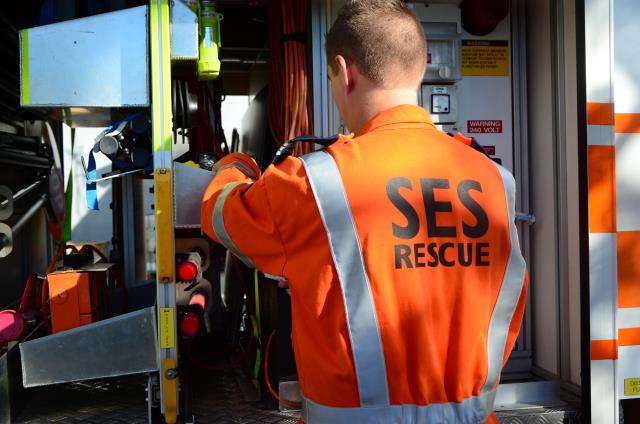The Victoria State Emergency Service (VICSES), the Environment Protection Agency (EPA) and Natural Hazards Research Australia have announced a joint partnership seeking to better understand and characterise possible contamination issues that may be presented by Victoria’s continuing flood emergency, and any associated pollutants.
Since Monday, October 31, VICSES members have been collecting samples of floodwaters from impacted regions and waterways to further understand the level of risk to human health and the environment.
EPA have prioritised testing these samples for bacteria (E. coli, an indicator for faecal contamination) and a range of trace elements (such as metals and metalloids) and contaminants (organic chemicals such as pesticides, perfluoroalkyl and polyfluoroalkyl substances (PFAS), and petroleum hydrocarbons).
Water samples will be collected once a week for the next three weeks with results made available as soon as possible, along with any necessary health advice.
“The results of this study will be critical for emergency services and the EPA to inform community messaging and guidance for key impacted areas on the risks of floodwater contamination,” VICSES operations chief Tim Wiebusch said.
“At VICSES, safety drives our decisions, and we continue to emphasise to never walk, drive, or play in flood waters.
“We see working together with EPA and NHRSC as part of this critical research being vitial to understand the long term affects floodwater may have on our volunteers, other emergency management personnel and of course the community.”
Floodwater is treated as contaminated water, and usually occurs from naturally occurring sources as well as overflowing sewerage or septic tanks, or agricultural or industrial wastes and chemicals.







